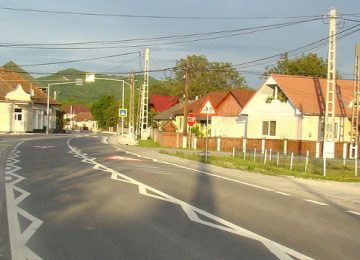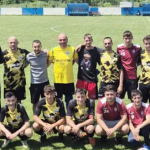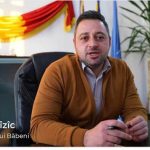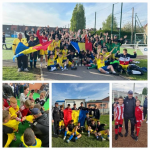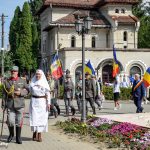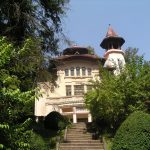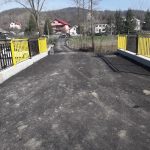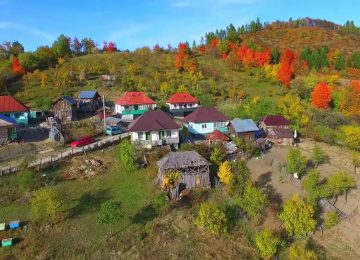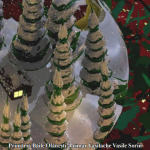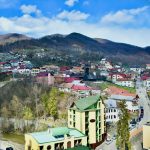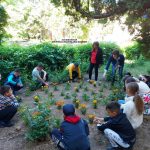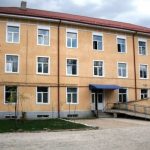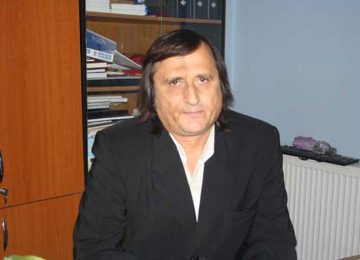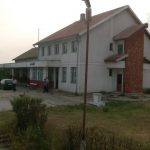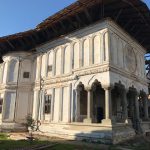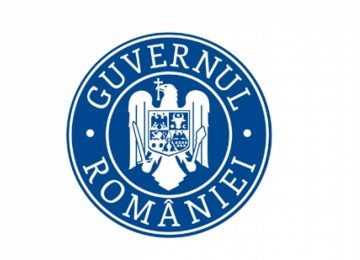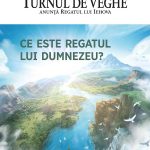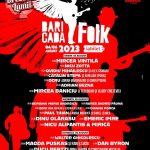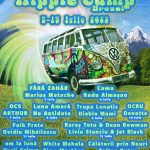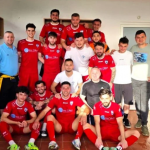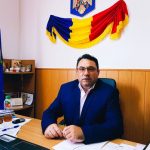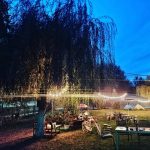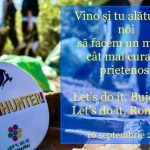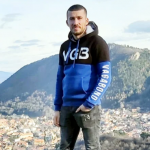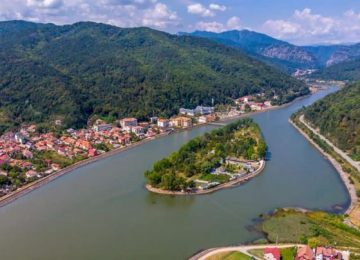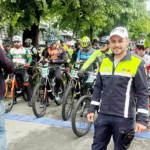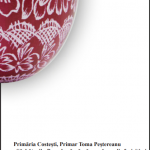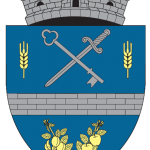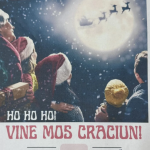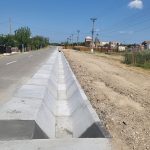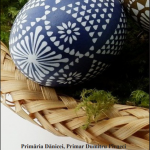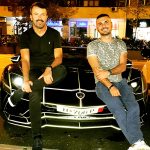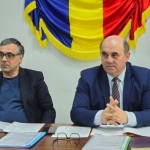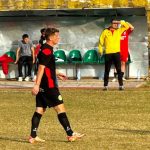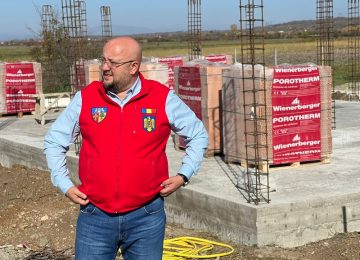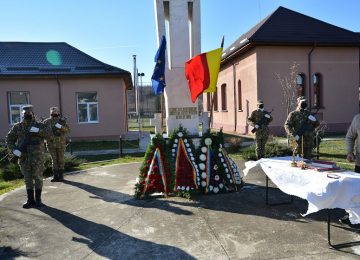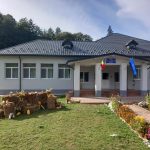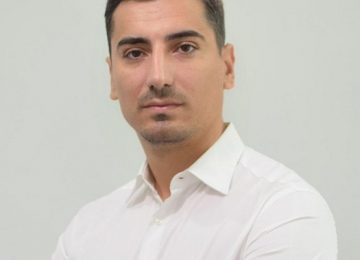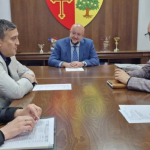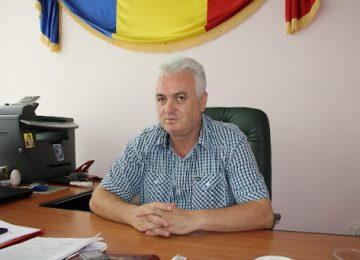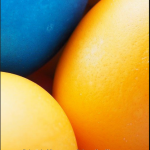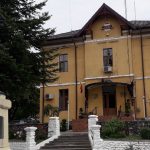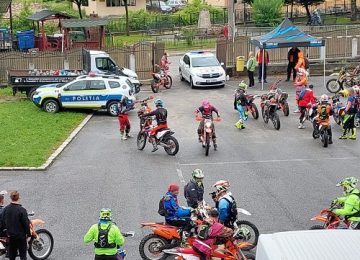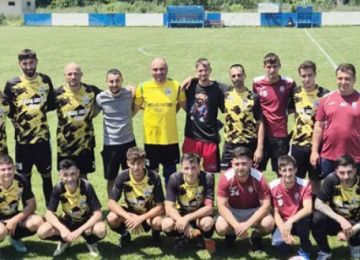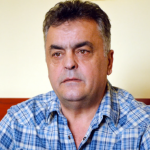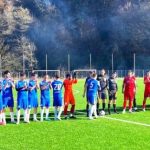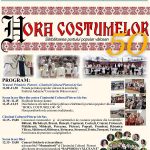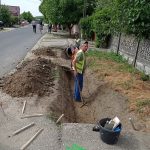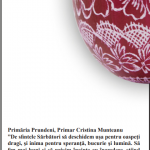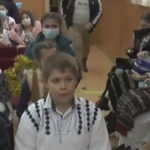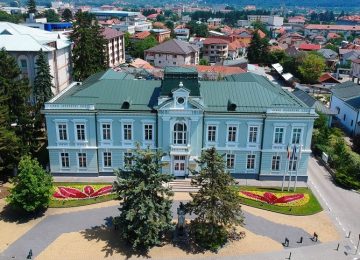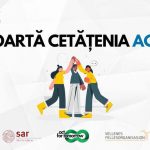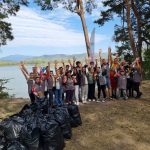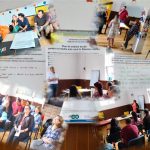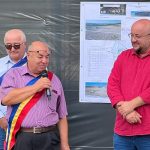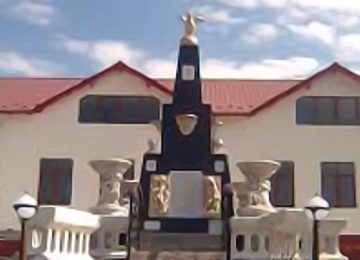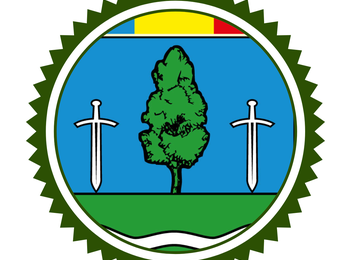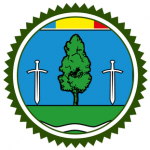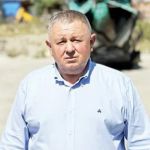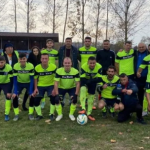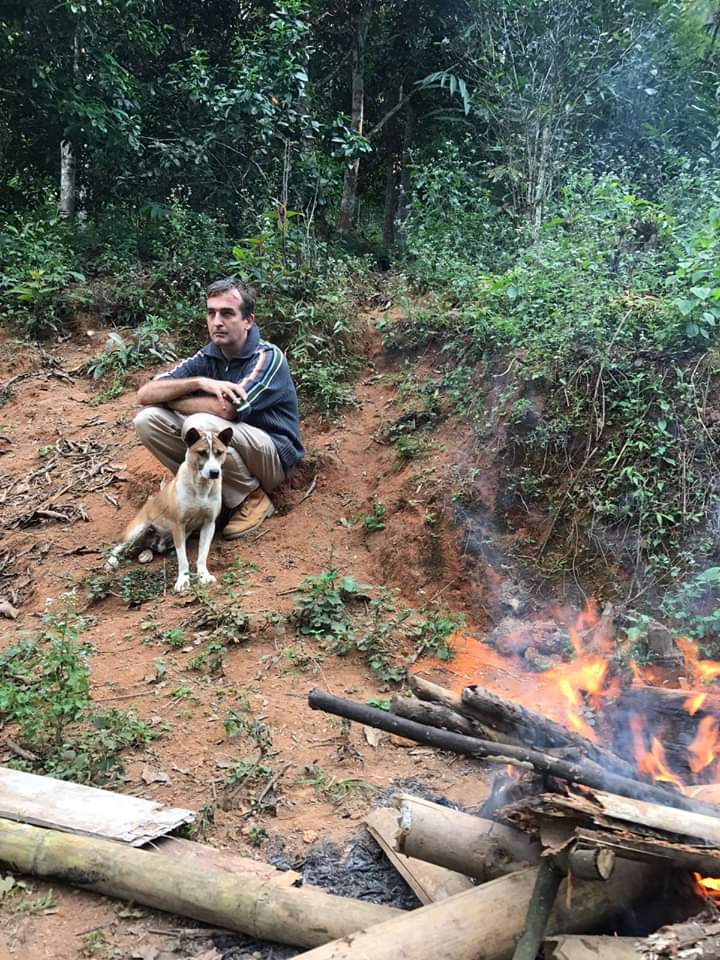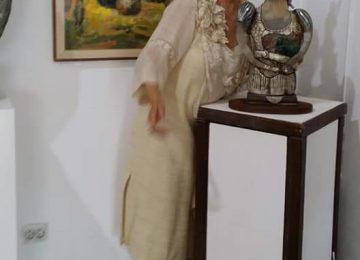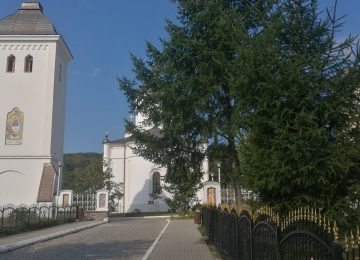In the countryside, nothing was ever ignored. One of the first shocks that convinced me that there was a difference between the rural and urban life was when I heard for the first time ‘Just ignore him!’. It was a normal reaction of a stressed-out city-living adult who was giving advice to another one, forced to listen to nonsense talk coming from a country bumpkin recently relocated to a city. The idea was that an ignored individual becomes invisible stayed with me for longer than necessary. And then I made a profession out of it. History, literature and lingvistics as scientific disciplines have become almost invisible in the last two decades. As worldwide industry and the commerce have been far for obsessively requesting specialists in ancient histories or dead languages, the humanities and social sciences departments in universities have been trying to cushion the free fall of interest in not-so-lucrative fields of interest by desperately mixing in ingredients such as communication, advertising or mass-media just to keep the leaking boat afloat. It did not work, and the Latin language departments, for example, have been gradually closing down worldwide without a chance of revival. As one student asked once, why study something that is invisible? “Well, to get used with working with concepts” was my half-philosophical unconvincing argument. But the world of the invisible recently has come back with a vengeance, as viruses are the smallest quasi-organisms, uncertainly categorized at the border with inert organic substances.
The simplest definition of the invisible is that which cannot be seen with the naked eye. Once an interdiction to go out of the house is in place, everything beyond the horizon line off one’s windows or along the way to the supermarket becomes invisible. No matter how connected one is via screen-based imagery, the real landscape is the only true high-definition source of visual stimuli available. The same is valid for human face-to-face encounters, far more relevant than webinars or online meetings. Although communication technology was so easily available even before the lockdown, only police or military-enforced interdictions to travel and congregate revealed how much the physical world landscape and real people encounters differ from the fake ones, distorted by technology-mediated communication. And what is missing in the pixelized reality are not only the obvious characteristics, but the details that most of us never paid attention to anyhow, the invisible details. Lucky to have lived at a time when there was no alternative to phyisical travel or face-to-face communication, the Sumerian and Chinese knew how to pay attention to the details of the visible world and gradually turned them into functional writing systems that were initially based on drawings, but later got too abstract to be recognizable representations of real-life objects or animals. The pictures gradually disappeared under characters that everybody learned by heart for thousands of years, and some still do, in Chinese.
In early Sumerian, “land” had multiple meanings, according to the circumstances. In more recent cuneiform writing, called Neo-Assyrian, (pronounced KALAM), means “many canals”, because this was what the Sumerians could see once they got out of the cities: paddy fields and rectangular ditches filled with water. The three millenia-old civilization that developped around Ur, Uruk and Lagash, now in Iraq, was based on an irrigation system which was created and maintained only by large-scale collaborative projects employing a numerous workforce, available only in cities. The reason why the cuneiform writing was abandoned a few centuries before our era was that it was quite difficult to use, each word being associated without a specific context, and some characters had sometimes not also multiple meanings, but different ways of pronunciation as well. For example, a character that looks the same with KALAM, but is pronounced UG or GUG means “land” with a reference to “the people” or “the great family”. Associating land with the humans that inhabit a geographical area was an astonishingly modern idea, as the concept of nation-state was not politically defined until the North-American and European eighteenth century.
In Chinese, ”land” was written 田 and pronounced TIAN, and it also represented an irrigation system, which is the same idea contained in some of the early Sumerian characters before the recent version KALAM appeared: , pronounced LU,DAB and DIB, each with its different twist of meaning around the idea of “land”. The proof that the idea of field was related to irrigation systems is that the old Chinese world for village is a combination of a field (pronounced TIAN) built on dry earth(pronounced TU). Written one upon the other, the Chinese character for village was a field criss-crossed by roads, built over solid land or里(pronounced LI).
In another instance, the Sumerian character, (pronounced UR or GISH) seems strikingly similar to the Chinese character for dog, the earliest animal ever domesticated. The trick is that the Sumerians once tilted their characters ninety digrees, so the original position in the earliest writings was which does resemble a dog sitting down in attention. The Chinese犬, which was also written as犭(pronounced QUAN), was also originally the picture of a dog sitting down as if waiting for orders. But a comparison between Chinese and Sumerian writing systems is dangerously close to erronerous, especially when it is based on a single book published in 1913 at Oxford, itself forgotten and hence invisible.
The concepts of dog and land are not naturally associated, apart from some occasional metaphors in literature. It was about three years ago when, in the middle of the jungle somewhere in North Thailand, that a dog came out of nowhere and sat by me, which happened at a moment of enthusiastic contemplation of nature after uninterrupted years of city life. It happened at the appex of an “Eureka!” moment, just after a visit to a slash and burn plantation. Although cleaning woodland by fire was internationally blamed because of pollution, it was in that little Thai village close to Chiang Mai, hidden between mountain peaks that had been cut clean thirty years before by lumber industrty, but managed to be replanted by villagers, that I felt closest to the lifestyle of a nomadic hunter-gatherer. It was so quiet that I could hear the Dog of the Land bark. But I was already an adult, so in a split-second I came back to the real world and realized that the Dog of the Land was just a dog. Of the land.
Although both land and dogs were highly visible when I was living in the Romanian countryside during my childhood years, it was during a walk with my late grandfather, who was a priest, which was the closest possible profession to the world of the invisible, that I heard him break into lyricism and recite, out of the blue, right in the middle of the bucolic pathway between our house and the river running behind it, from the writings of a famous Romanian poet, Mihai Eminescu: “In the name of the saint/ Quiet down and listen / The Dog of the Land barking/ Under the stone cross”. It might have been that I was just asking him too many questions, it might have been that I was a little bit too annoying, but my grandfather was able to quiet me down for a while when he said “How would I know how the Dog of the Land looks? It lives under the earth and nobody has ever seen it!” To a less than five year-old, the kind of silence that makes somebody hear invisible dogs bark was to be something not easily forgotten. There were plenty of representations of dragons, unicorns and all sorts of fabulous animals in books, but none of a dog living underground. The later explanation that a tiny mole was what the underground dog was referring to proved far from convincing. That animal belonged to a different dimension, a sort of Peter Pan world instantly lost at the dusk of childhood, which was at the same time when, in the eyes of a child, the world starts to be perceived as divided into types of communities in which individuals rank according to power, experience, age, wealth or skills. And although from the scientific perspective it is a deadly sin to compare stages of personal development with the evolution of human societies, the moment when life in society required specialized sets of skills and different authority ranks, which happened some time after the Neolithic Revolution was, to me, the most interesting of all, although entirely lost, with very little documented data scientifically supplied by archaeology and, poetically, by myths and legends.
When humans abandoned nomadic lifestyle, leaving behind the wide open spaces for the security of a walled-in city, they also had to pay for the comfort of socially regulated life. Archaeologically, there is a huge difference between the amount of identified disease-ridden individuals that lived before and after the choice of our ancestors to become sedentary more than ten thousand years ago. In other words, the humans who practiced seasonal agriculture and changed their area according to the necessities of climate and fertility of the land, those primitive hunter-gatherers who were very often out accompanied by dogs, those funny Flinstones were certainly leading much healthier lives than all of the civilised, be it rural or urban, sedentary populations that followed. And it was to that now invisible world of change that the Singaporean or American sudents had to travel once they took a history of food module. And to introduce such trips to the worlds that were long lost, one requirement was to imagine, for instance, once on a Southern beach in Singapore, how instead of the oil tankers and cargo ships anchored in the Malacca Straits, they could picture in their mind a fleet of local sampan fishing boats, Arabic dhow sailing vessels, mansulas from Southern India and, obviously, Chinese junks. Once they were able to picture such a sight, the requirement was to add in one more item, a Roman navis longa, sailing just before 170AD from Rome to China, carrying a diplomatic mission of Antonius Pius or his son Marcus Aurelius on its way to China. The surprise came when the students realised that this actually happened, as we know from the Annals of the Later Han Dynasty, which mentions that epic adventure of the people of (pronounced DAQIN, which was the ancient Chinese name of the Roman Empire) who were looking for nutmeg, cloves or whatever other spices were valuable enough to make it worth buying and bringing back to the cosmopolitan and gurmand Rome from as far as South-East Asia.
Such exercises in mental projection are not easy to do because of the ready-made imagery that has lowered our capacity to just picture things without the help of a screen. But miracles happen, and there were students who, reading stories from the times of the Crusades or the Industrial Revolution, confessed to being able to read and ‘be there’, wherever the text was leading them. And such a trip to the realm of the invisible made both literature and history more palatable in a purely textual form, which was my hidden methodological objective. And one of the rules of access to invisible worlds through literature or history was that no written word, no minute detail from a text could be ignored for a full immersion in the reading experience and a trip to the invisible world of fiction or history. In real life, to ignore or to be ignored may be painful or dangerous, but one item that is taken out of reality does not completely ruin a panoramic view. But that does not apply to social relations. When I first came to the city as a child, it was not the high-rise buildings or the flood of people that amazed me, but the rules of conduct. With a father that was a surgeon, I had been educated that all food that chanced to touch the ground was tainted and unedible. There was no plucking and eating from trees allowed, and washing everything before consumption was an iron rule. So the first time I got out to play in front of the Romanian version of a HDBs, I was apalled when somebody picked up a cherry that had dropped on the floor, blew a breath of air upon it, wiped it against the sleeve and ate it. “What? It looked clean!” was the city girl’s reaction to my amazement. “What about the microbes?” I asked back. Then and there I lost a friend. For her, I suddenly became invisible.
Tudor Vlădescu is our correspondent in Singapore since January 15th, 2020.

